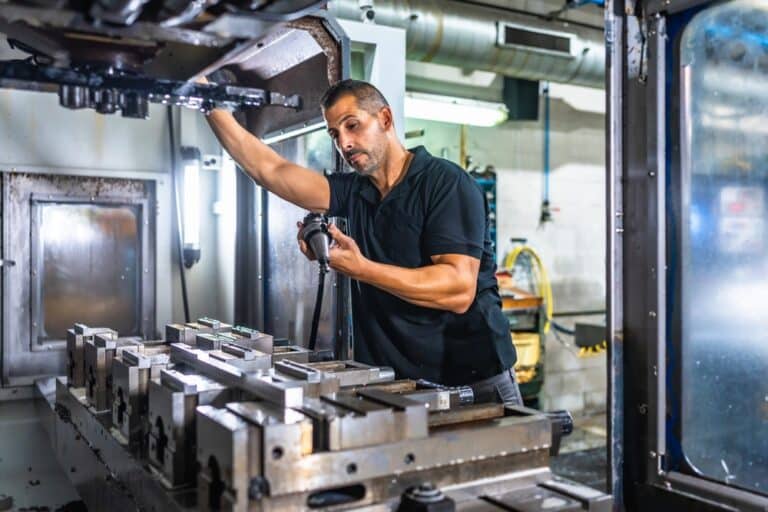To make this measure more effective and tailored to the specific context of your company, we recommend that you first perform an overall analysis of your energy situation.
Replacing a gas, oil or electric arc furnace with a magnetic induction furnace
The project consists in replacing an existing furnace that runs on gas, oil or electric arc with an induction furnace using a strong alternating magnetic field, created by passing a current through a coil wound around the furnace. The magnetic field then generates a potential difference across the furnace, inducing a current in the metal. The resistance of the metal to this current generates heat (via the Joule effect), allowing it to melt.
The measure can lead to a reduction in the furnace’s energy consumption compared to other technologies and reduce greenhouse gas emissions if the replaced furnace used fossil fuels. The installation of this technological innovation requires a production shutdown and would entail a medium- to long-term return on investment.
There are two types of induction furnaces: coreless and core (or channel) induction furnaces. The coreless furnace is a batch-operated melting furnace. The channel furnace operates with permanently molten metal.
The induction furnace is suitable for melting cast steel, cast iron and non-ferrous metals, with a different refractory lining required each case. Induction also enables heat treatment processes to be carried out.
Miscellaneous savings
- Financial savings are achieved in particular through:
- Higher thermal efficiency compared to electric arc furnaces and gas furnaces.
- Reduced energy consumption related to preheating the furnace (some furnaces can start cold and heat up very quickly).
- Optimal temperature control and the ability to process smaller production batches than electric arc furnaces.
- La possibilité de récupération de chaleur sur l’eau de refroidissement.
- The environmental benefit is significant, as it eliminates the need for fossil fuels and has better thermal efficiency than other technologies. In addition, due to their technology, induction furnaces produce fewer polluting emissions than electric arc furnaces.
State subsidy application
State subsidies
Please note : any application for government or non-government subsidies must comply with the “incentive effect”, subject to compliance with the subsidy conditions.
To ensure that the incentive effect of the aid is respected, no binding commitments may be made (acceptance of a quote; advance)
- SME Packages – Sustainability
- Aid for small and medium-sized companies, covering up to 70% of eligible costs for carrying out a project aimed at reducing their environmental impact. The total project cost must be between €3.000 and €25.000 excluding VAT.
- For more informations :
- Chambre des Métiers for craftsmen (Chamber of Skilled Trades and Crafts)
- Chamber of Commerce for companies in the non-craft sectors
- Environmental protection scheme – Investment aid for the protection of the environment
- Verification of company eligibility and costs: General Directorate for Industry, new Technology and Research
- Support in drawing up the aid application file prior to submission to the Ministry of the Economy
- For any questions : Luxinnovation
- More information and guidance for companies on investing in the environment can be found in the Simplified Guide for Companies
N.B. While several state subsidies cannot be granted for the same project, they can be combined with supplier subsidies.
Subsidies from electricity and natural gas suppliers
Since 2015, natural gas and electricity suppliers are required to make energy savings for consumers under the obligation scheme. Since then, energy suppliers have been offering support and advice, as well as subsidy programmes for consumers to implement energy efficiency measures. The amount of the premium is proportional to the annual energy saving. The following suppliers offer this service for companies:
N.B. Supplier subsidies can be combined with a state subsidy for the same project.
